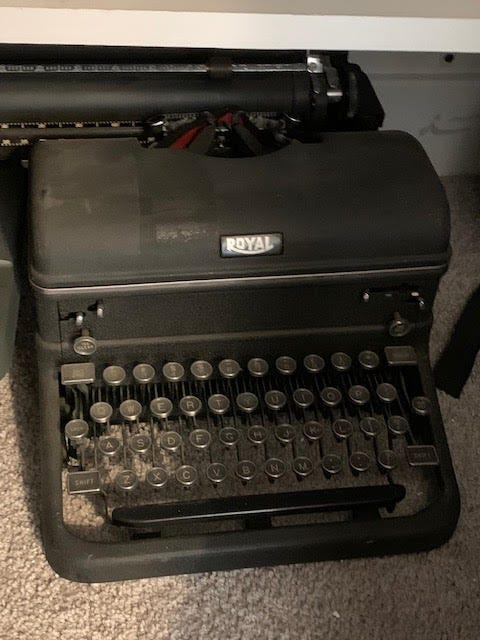The importance of the crime lab
Yes, it was a show trial. But the Gestapo and their crime lab gathered impressive amounts of evidence. What they recorded helps us better understand what the White Rose friends did.
The work of the crime lab (to use a more modern term for that particular investigative function in 1943) started long before the arrests of February 18, 1943. Every time the friends would undertake a new activity, the Gestapo opened new files, new interrogations. Many “good Germans” dutifully handed over the leaflets they’d received. The Gestapo tracked every single known person on the White Rose mailing list, including recipients who had moved with no forwarding address; the Reich post office ensured those made it to investigators.
Therefore, the first bit of evidence we have that was generated by these crime lab personnel: An orderly list of recipients, their addresses, from which post office the leaflet was mailed, and exactly when the mail was picked up. As well as which leaflet the person had received.
Keep reading with a 7-day free trial
Subscribe to Why This Matters to keep reading this post and get 7 days of free access to the full post archives.




